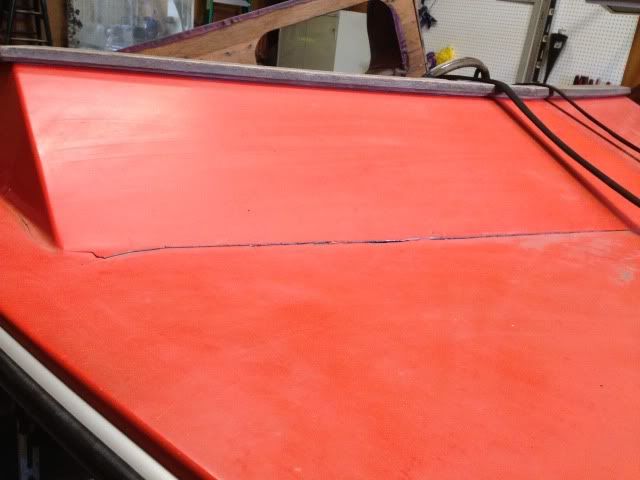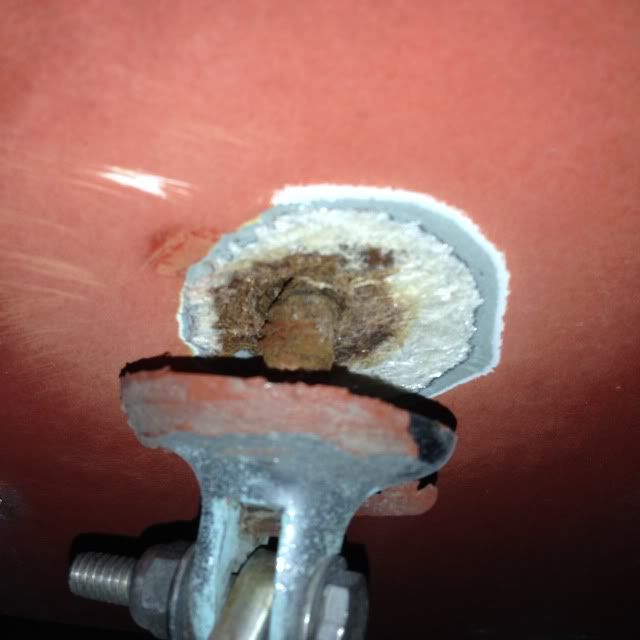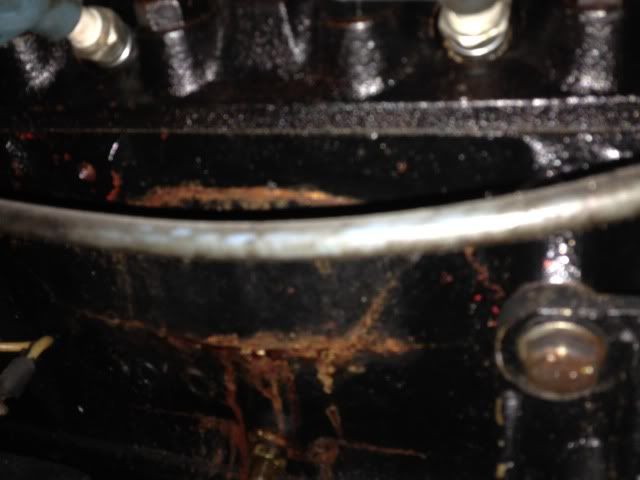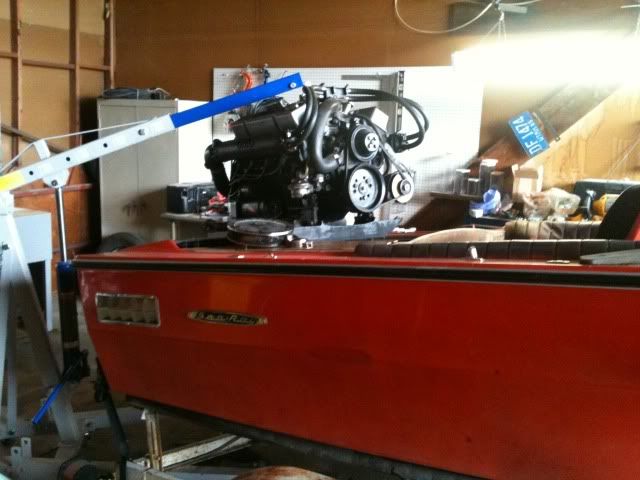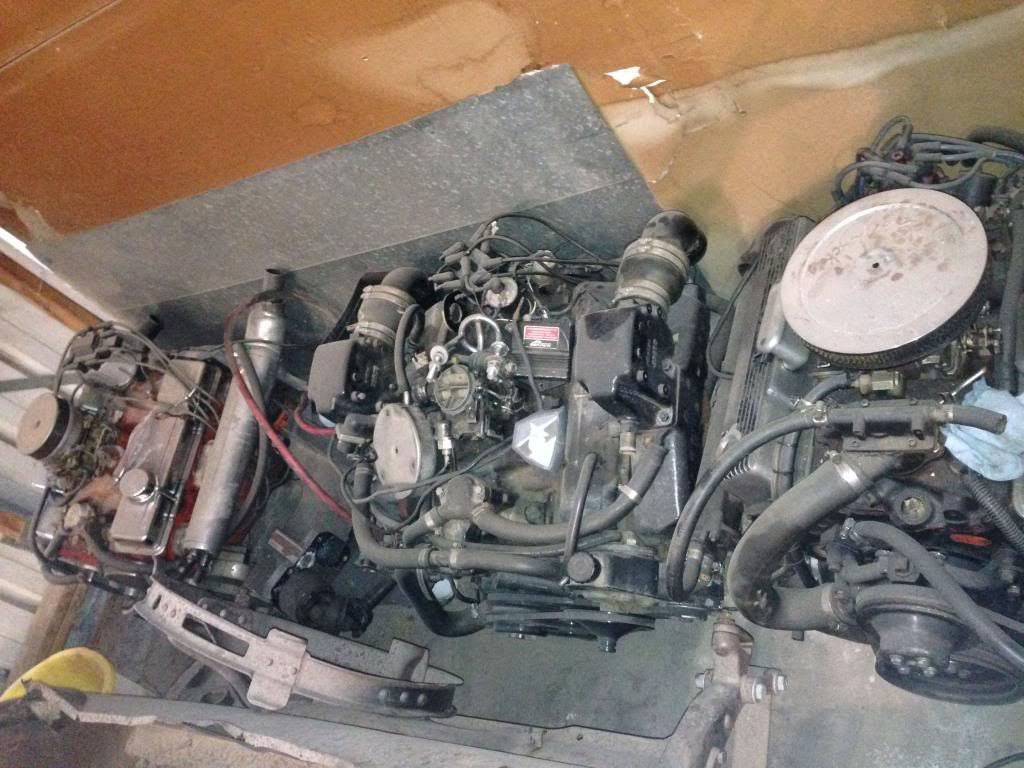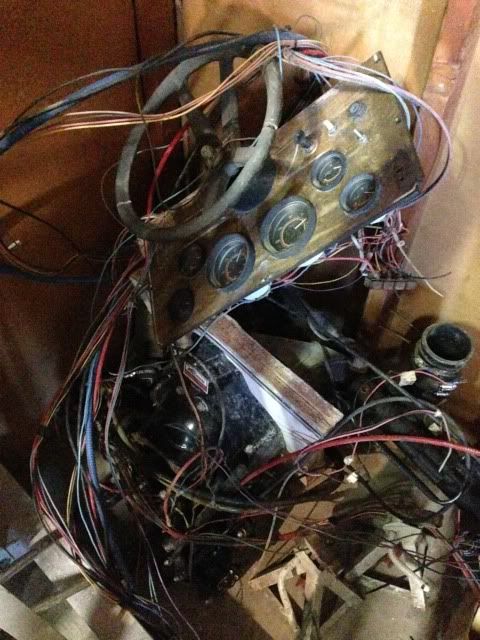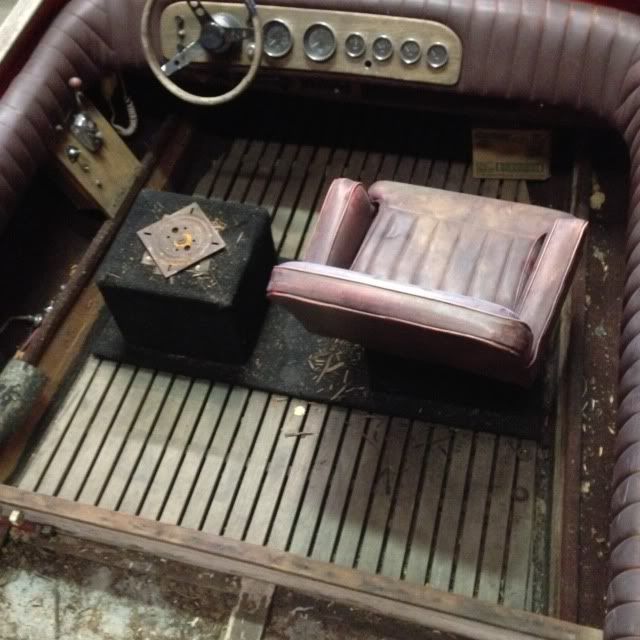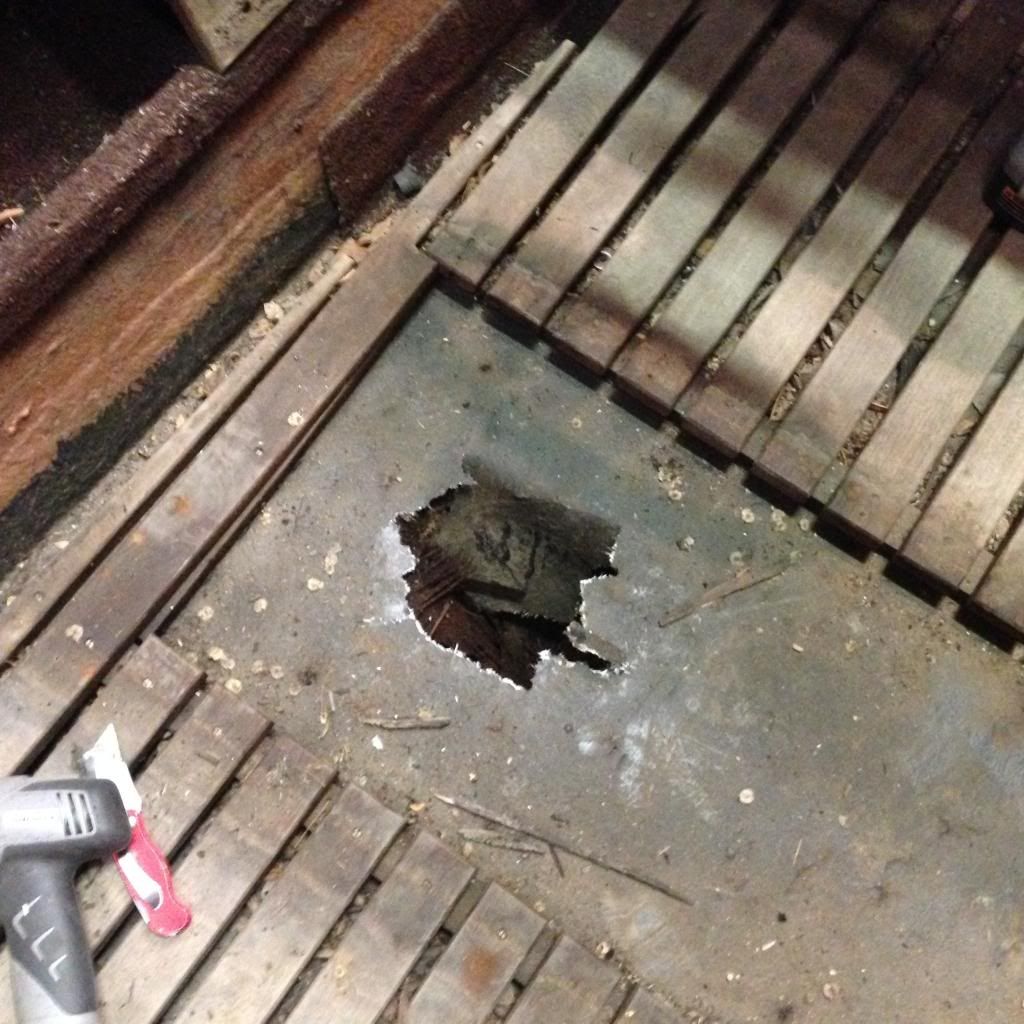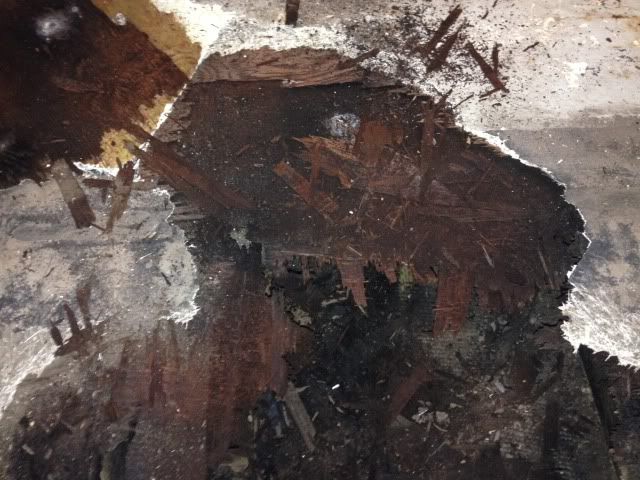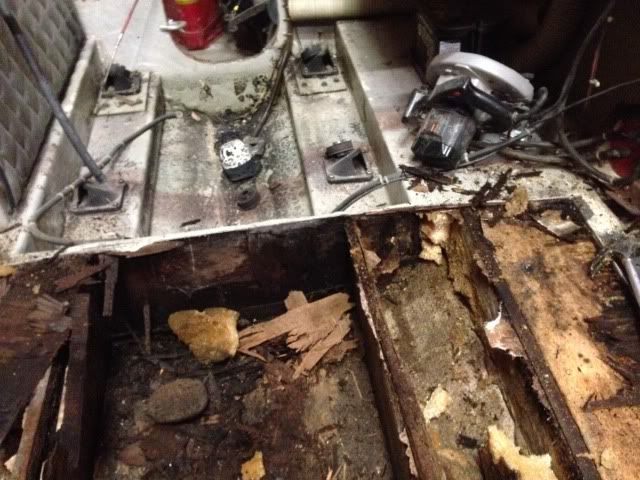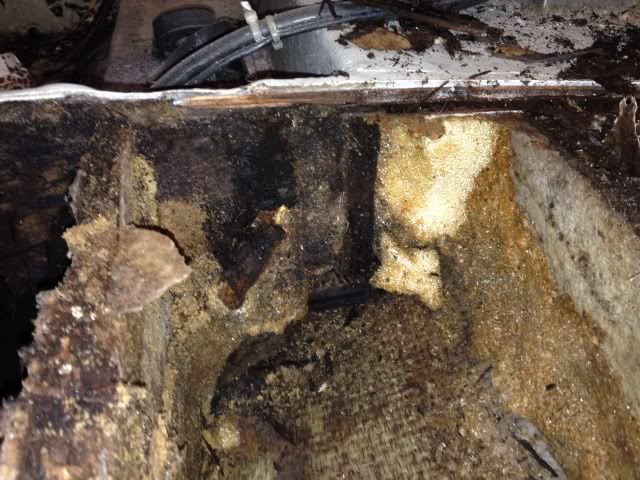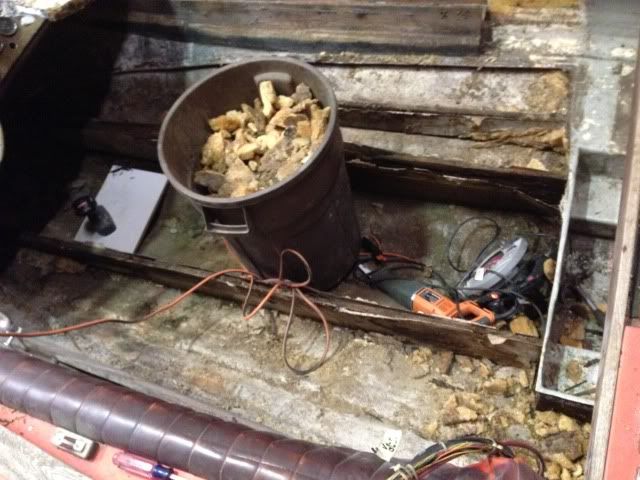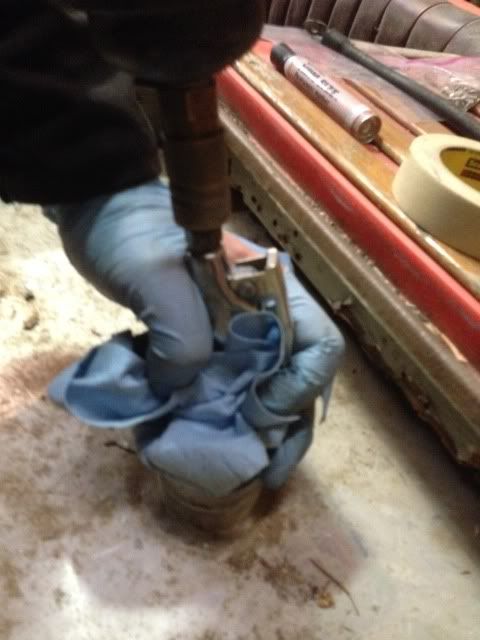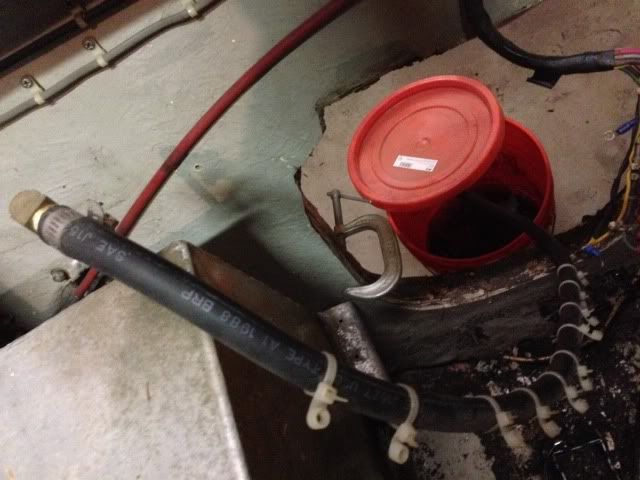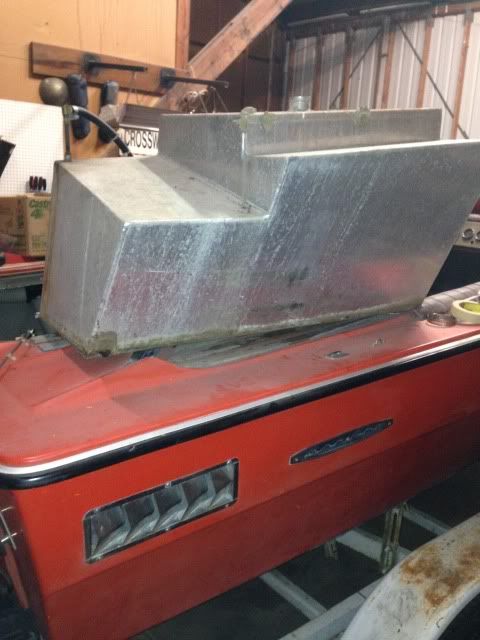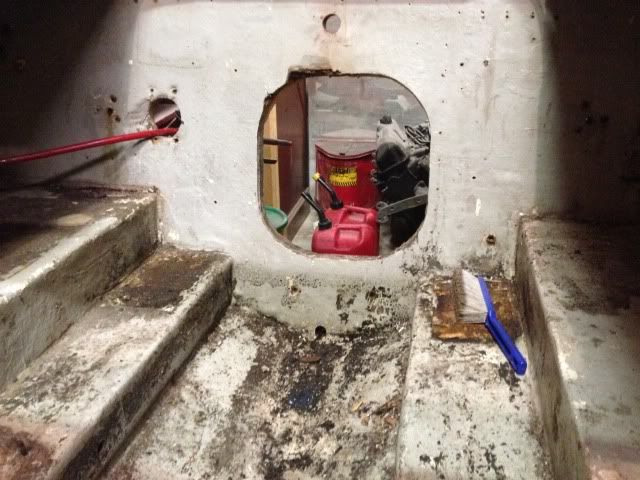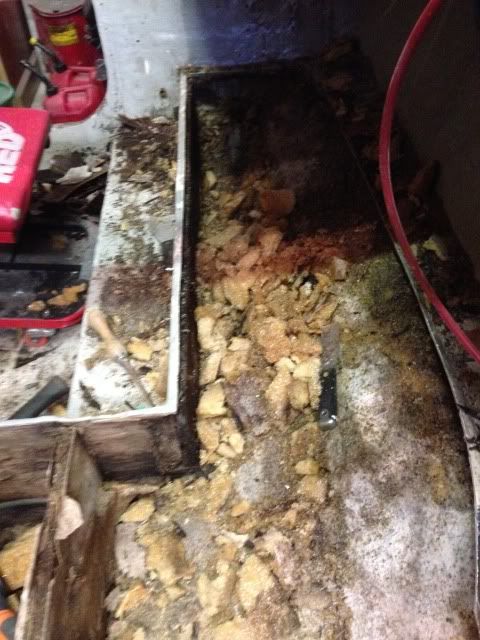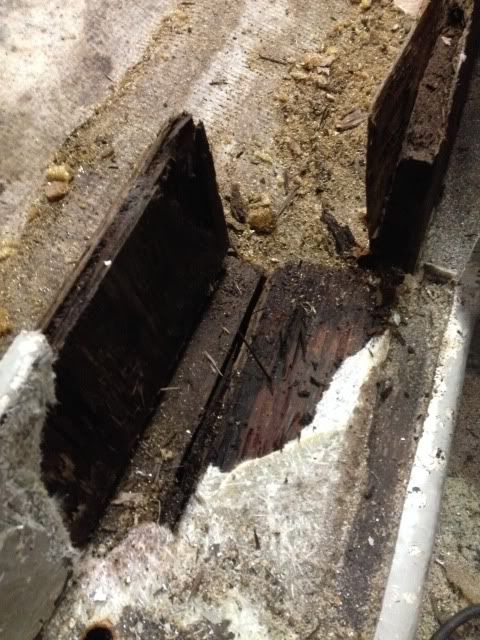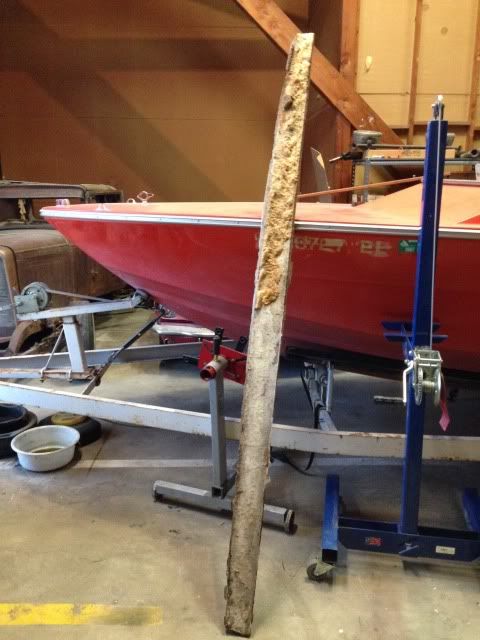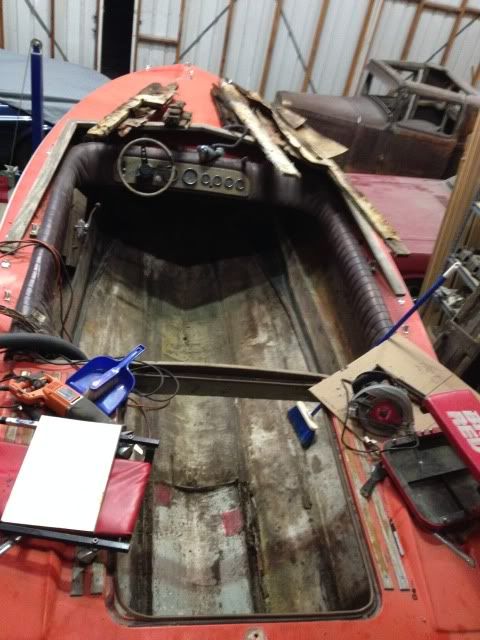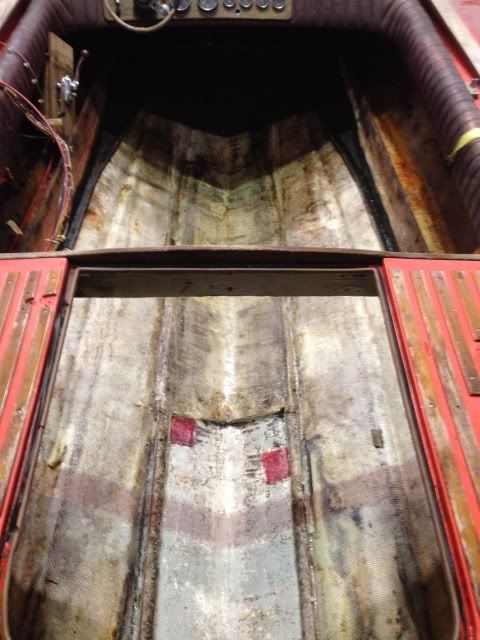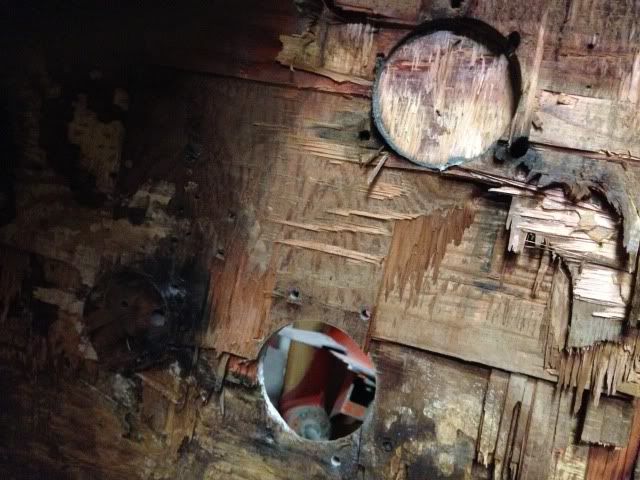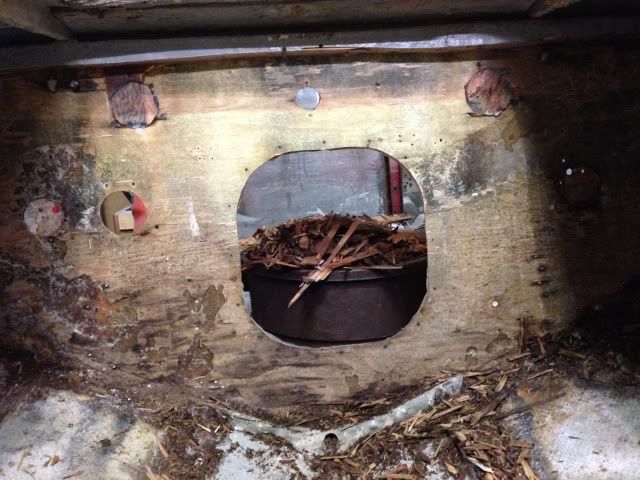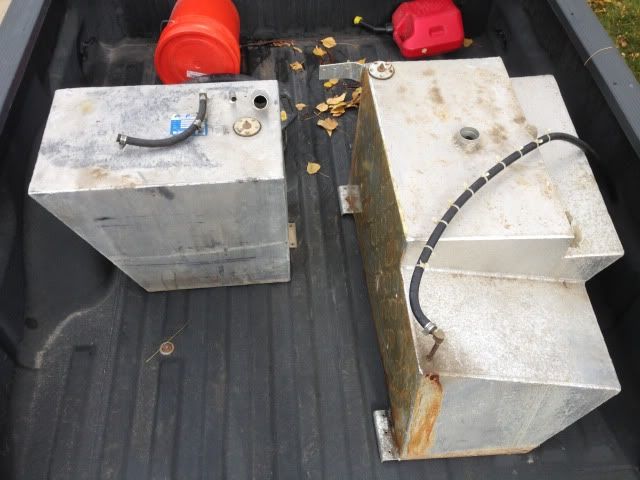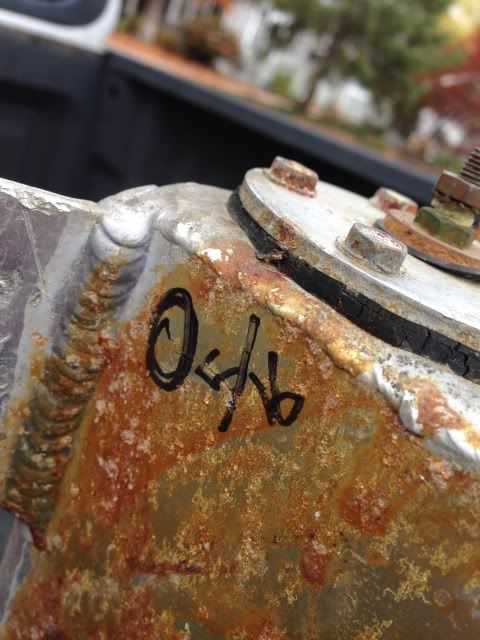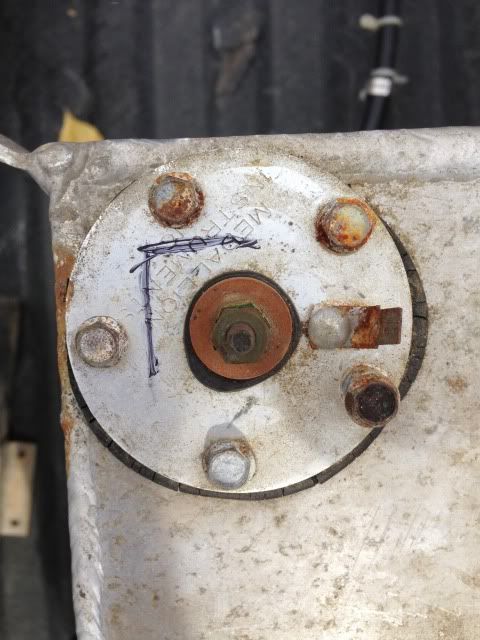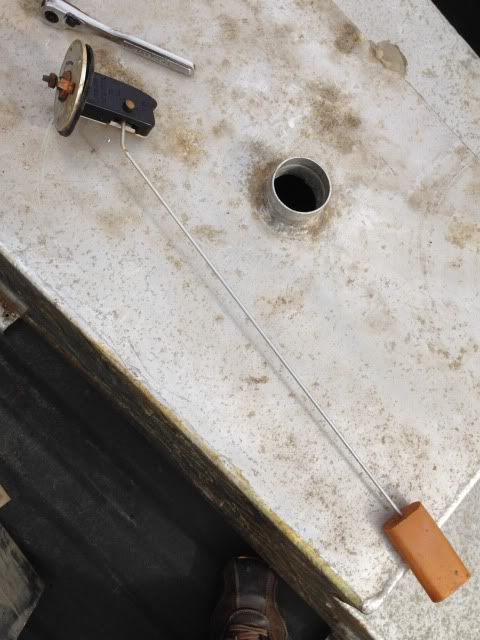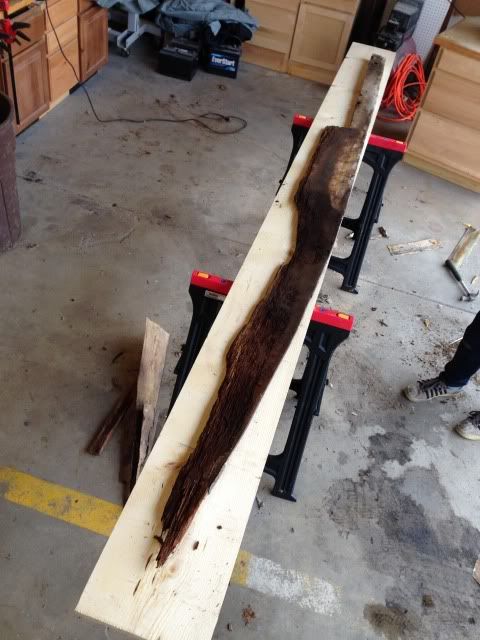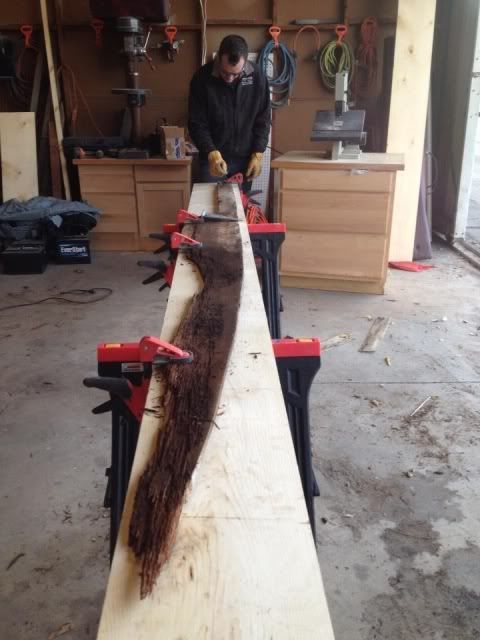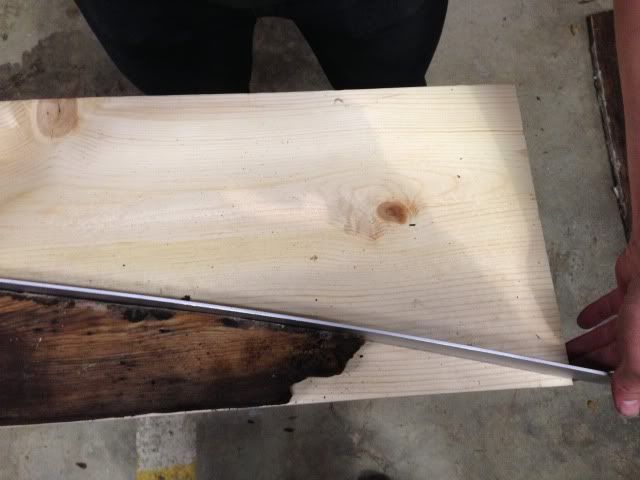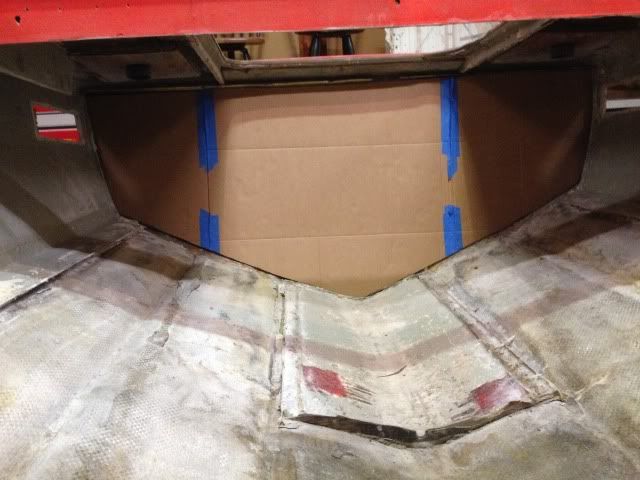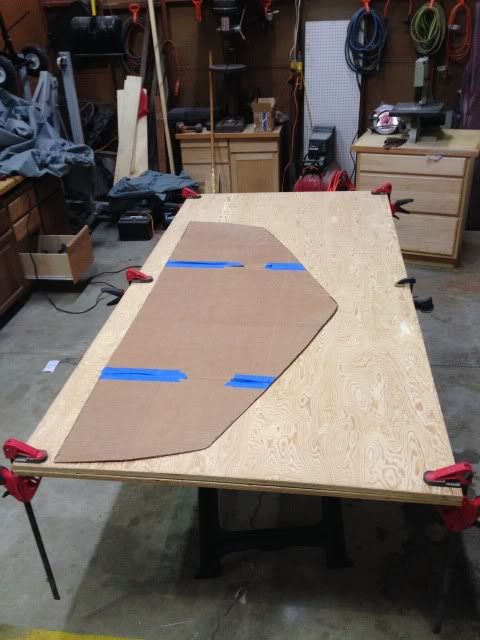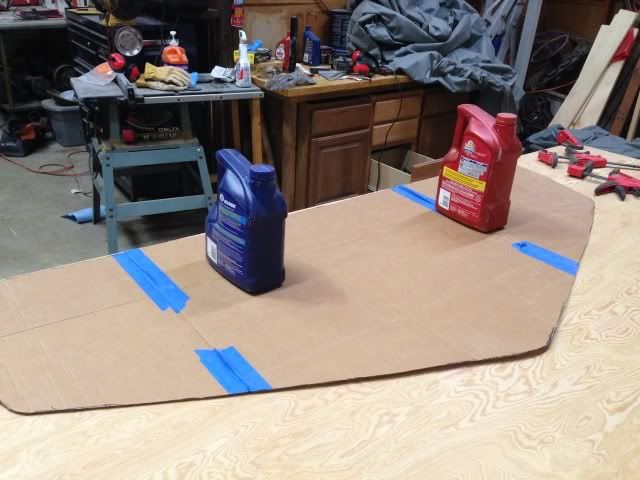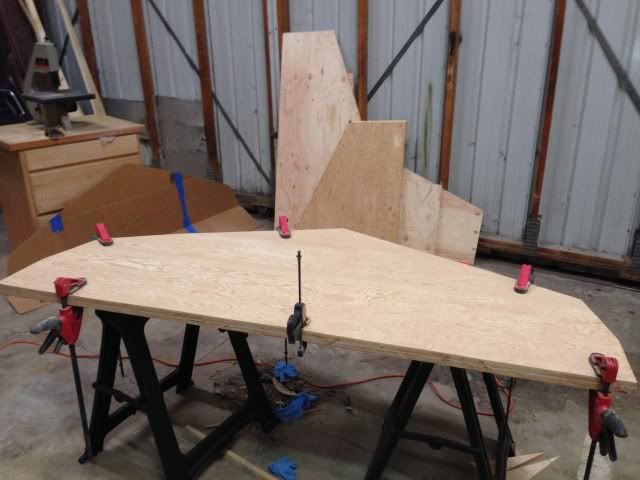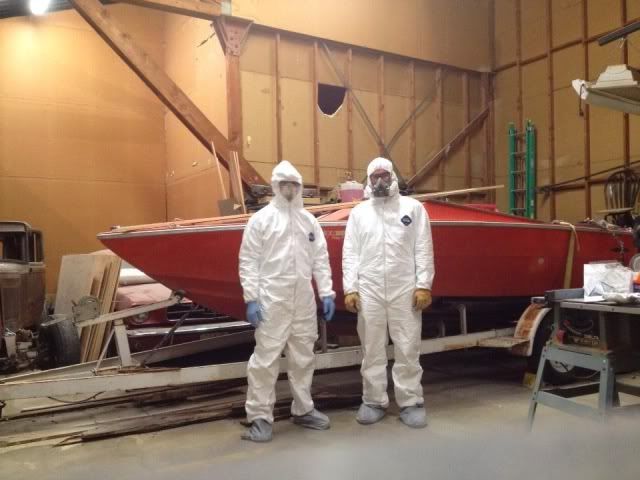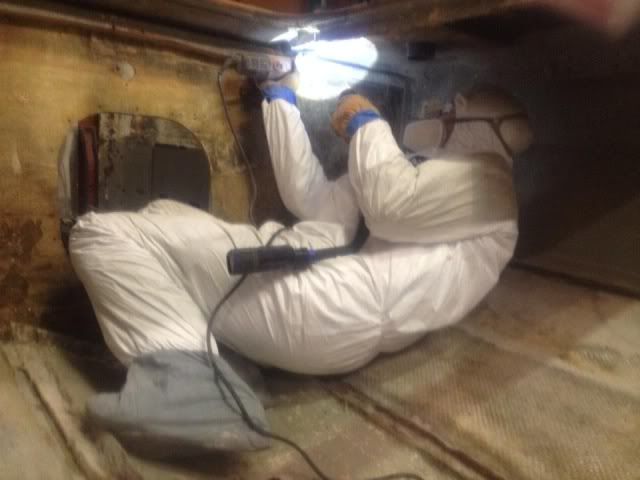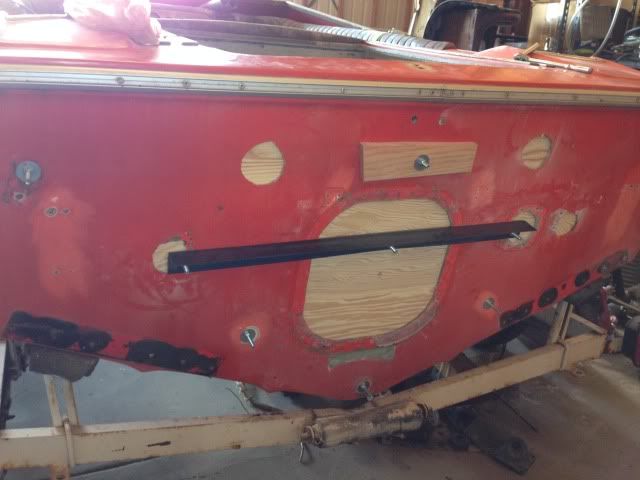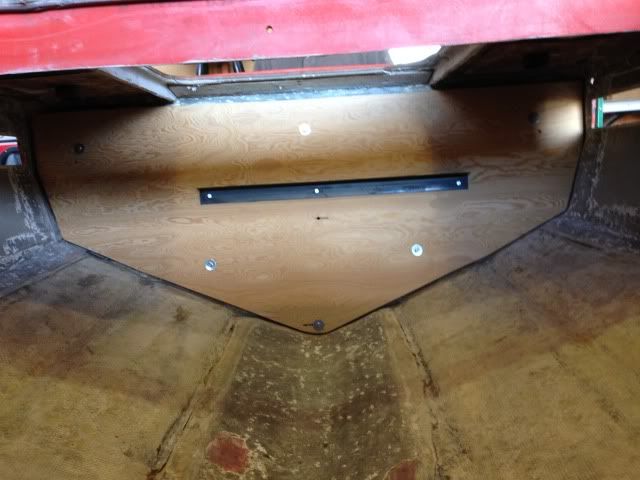Propellerhead
Petty Officer 3rd Class
- Joined
- Nov 15, 2013
- Messages
- 94
Hey guys, I've been working like crazy on this boat over the last couple weeks. So much so that I haven't had time to post anything. So I'll get everyone caught up on the progress, starting with a little back story.
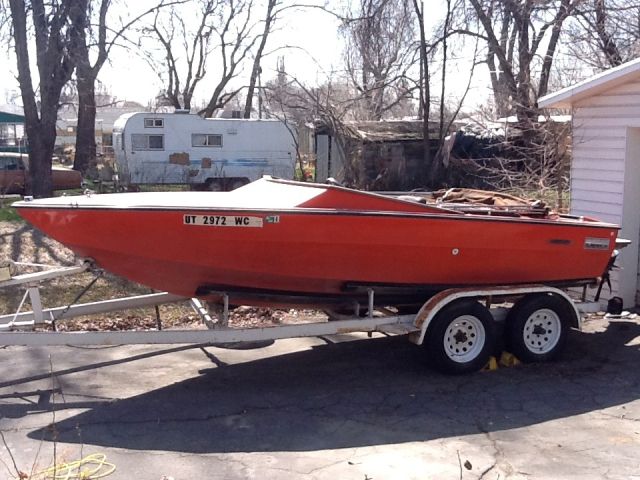
This boat belonged to a friend of mine, and he needed to get rid of it quick due to a problem with the city. All he knew is that it was an 18-foot 1969 Sea Ray. It had a Chevy 350 and an OMC outdrive. The motor and outdrive were in good condition. I didn't hear it run, but I trusted him. At this point I was hoping to get away with a cosmetic restoration (paint and interior). I really didn't know much about it, but the lines were cool, and it had the makings of a pretty fun boat. Plus, the price was right. Here's a couple more photos.
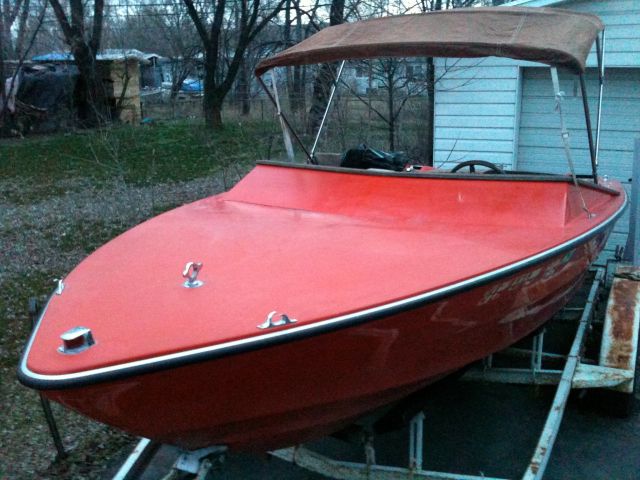
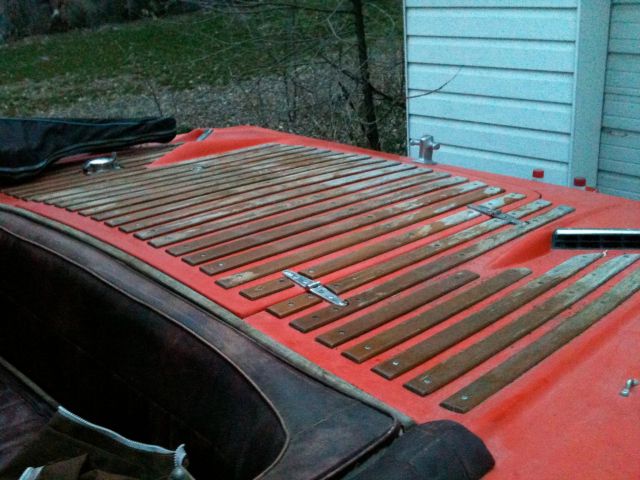
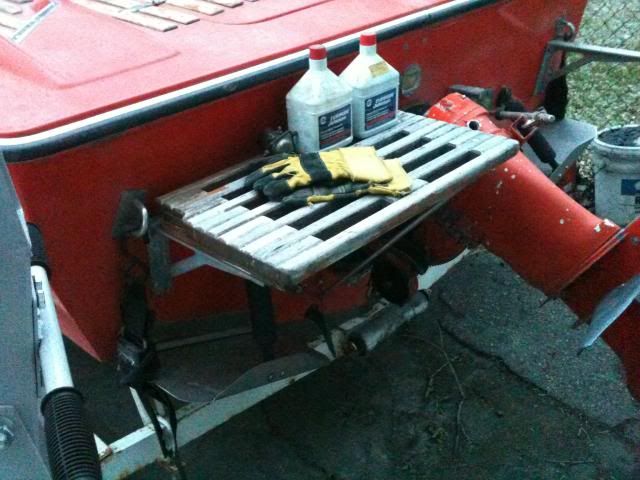
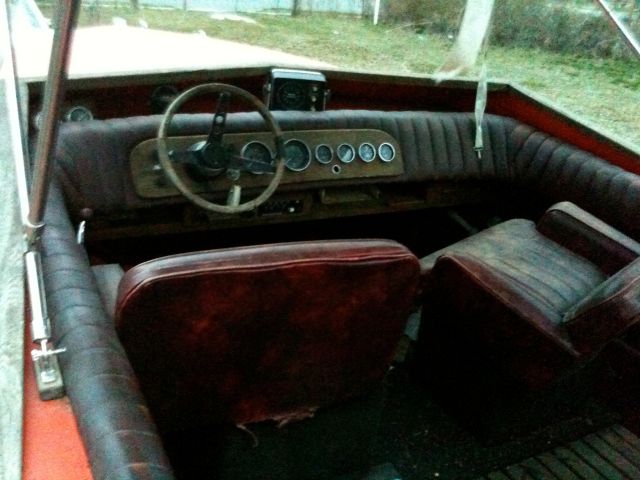
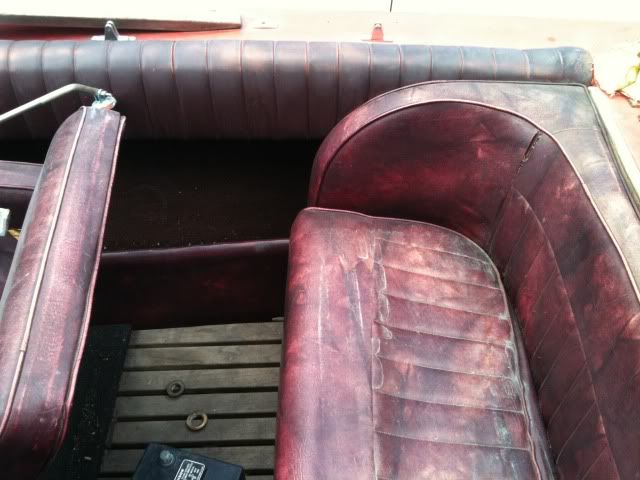
So I did some more research. It turns out that it's an SRX Pachanga. It was pretty much the flagship of the Sea Ray line back then. They only made 500 of them over a period of 3 years, 69, 70, and 71. You could tell a '69 from the lack of a bow rail, but they also usually had a two-piece engine cover, and this one has a one-piece. So maybe this is a late '69? Or maybe it was switched out at a later date. The engine options were an OMC inline-6, and OMC V8, or an Olds 455 with a Berkley jet drive. I'm thinking I'm glad I ended up with the one that I did. I do know that at some point in this boat's life it was heavily customized. This is not the original interior, plus the teak on the stern and the fiberglass windshield fairing are aftermarket.

This boat belonged to a friend of mine, and he needed to get rid of it quick due to a problem with the city. All he knew is that it was an 18-foot 1969 Sea Ray. It had a Chevy 350 and an OMC outdrive. The motor and outdrive were in good condition. I didn't hear it run, but I trusted him. At this point I was hoping to get away with a cosmetic restoration (paint and interior). I really didn't know much about it, but the lines were cool, and it had the makings of a pretty fun boat. Plus, the price was right. Here's a couple more photos.





So I did some more research. It turns out that it's an SRX Pachanga. It was pretty much the flagship of the Sea Ray line back then. They only made 500 of them over a period of 3 years, 69, 70, and 71. You could tell a '69 from the lack of a bow rail, but they also usually had a two-piece engine cover, and this one has a one-piece. So maybe this is a late '69? Or maybe it was switched out at a later date. The engine options were an OMC inline-6, and OMC V8, or an Olds 455 with a Berkley jet drive. I'm thinking I'm glad I ended up with the one that I did. I do know that at some point in this boat's life it was heavily customized. This is not the original interior, plus the teak on the stern and the fiberglass windshield fairing are aftermarket.




















